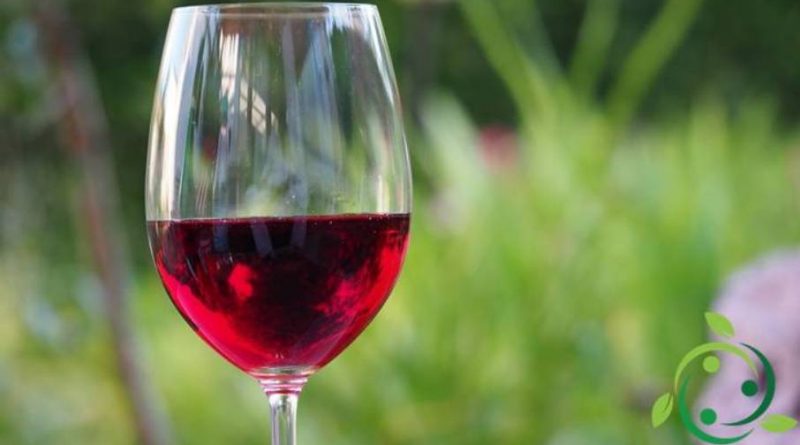The Enocyanine
The Enocyanine
Enocyanine is the natural colorant of red grapes; it is a dense red-violet liquid. This red grape anthocyan (Vitis vinifera) is recovered from the peel. The turning from red to violet of this dye is due to its characteristic chemical behavior: it is in fact a pH indicator. Along with the other anthocyanins, enocyanine is listed among the food additives with the abbreviation E163 (grape peel extract) and is marketed in the form of crumbly granules dark red or purple, soluble in water. The main use of this dye is for the food industry: for the pigmentation of drinks, liqueurs, yogurt, ice creams, etc.
In addition to anthocyanoside pigments, the natural components of Enocyanine are sugars (glucose and fructose), organic acids (tartaric, malic, etc.), proteins, polyphenols and minerals.
The pigments contained in Enocyanine are the anthocyanidins of anthocyanins, which are the natural pigments of red fruit, berries and flowers, normally present in monoglucoside form.
More recent studies have shown that Enocyanine is a mixture of mono and dimethyl compounds of more anthocyanidins, belonging to the previously mentioned groups, so the use of Enocyanine as a natural dye in products based on cherries, strawberries, blueberries, raspberries and currant is particularly appropriate.
Enocyanine is soluble in water and in alcoholic and sugary solutions. It is instead insoluble in lipid solvents.
The stability of the coloring matters contained in Enocyanine is generally very good; the main degradation factors are oxidative, which can lead to a loss of color with the formation of insoluble brown pigments (typical phenomenon of the bad aging of some red wines). This oxidative degradation is favored by light and storage temperature.
In temperatures of less than 10 ° C and in the dark there is no appreciable loss of color for about 6 months. SO2 normally present in Enocyanine favors its preservation both for its antioxidative and anti-fermentation action.
A simple procedure to ascertain whether a red wine is natural red, is to add water to it; if it is natural it becomes clearer, if it is colored or reinforced with enocyanine, the wine becomes purple.

